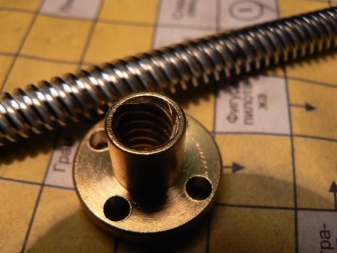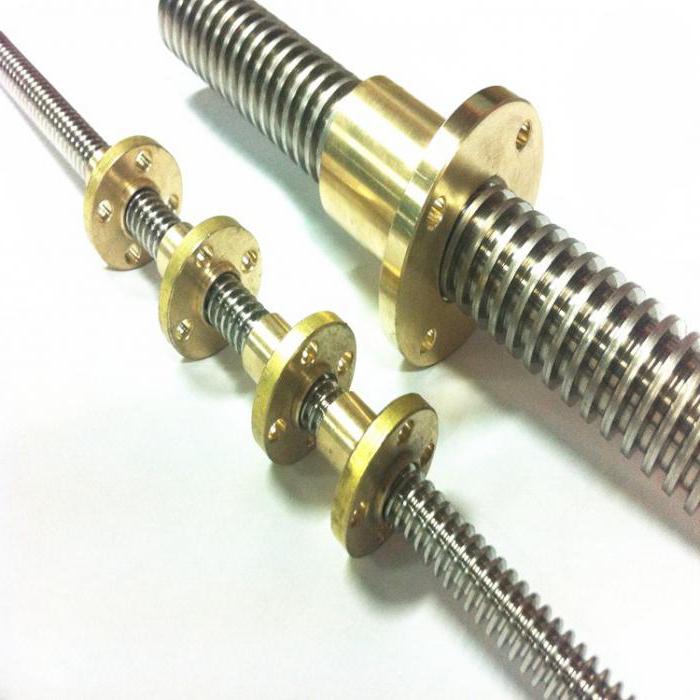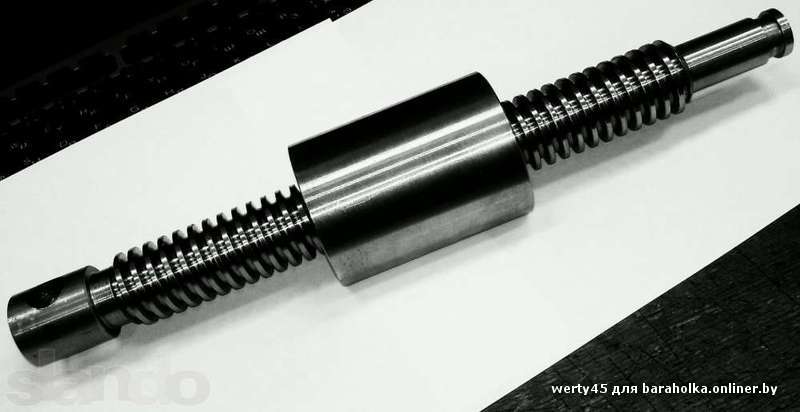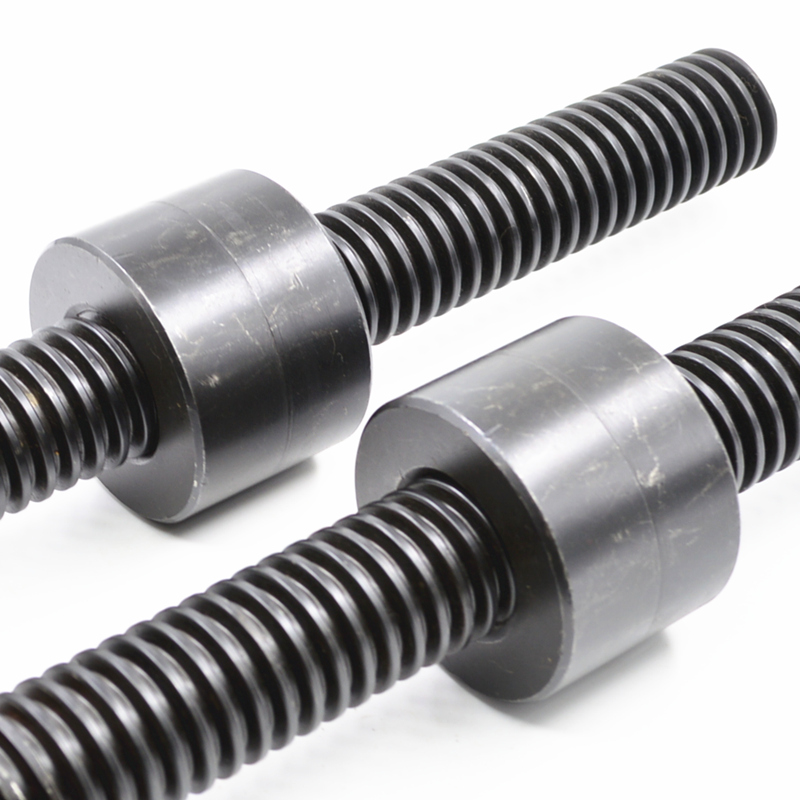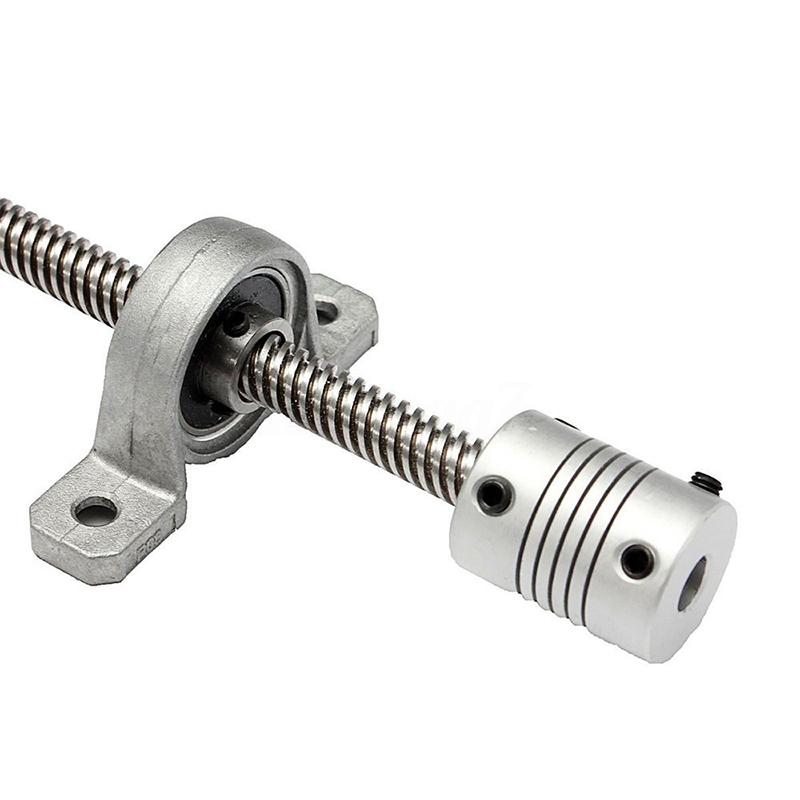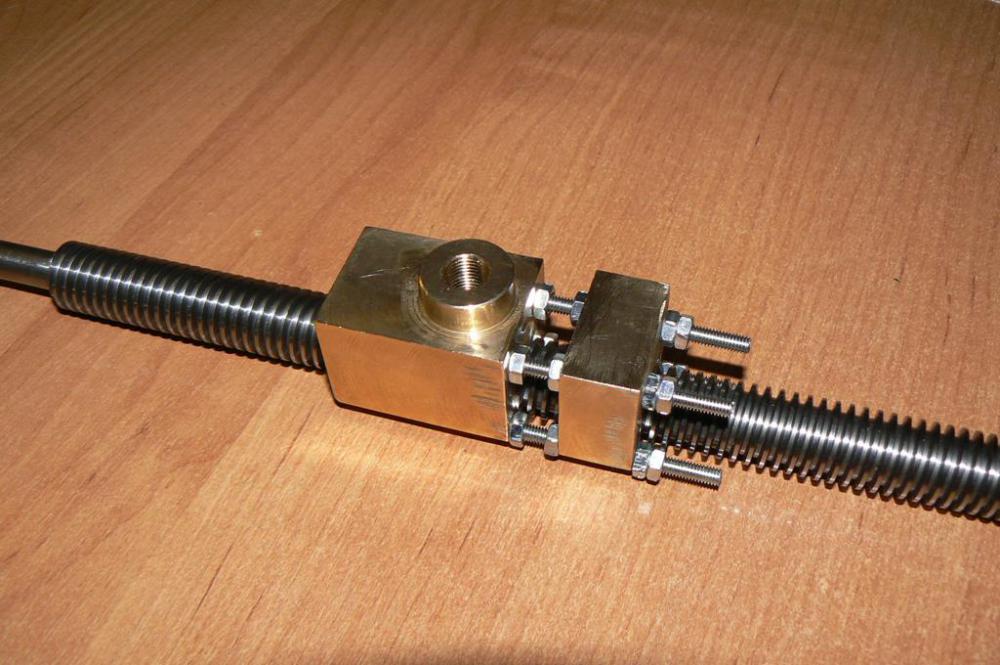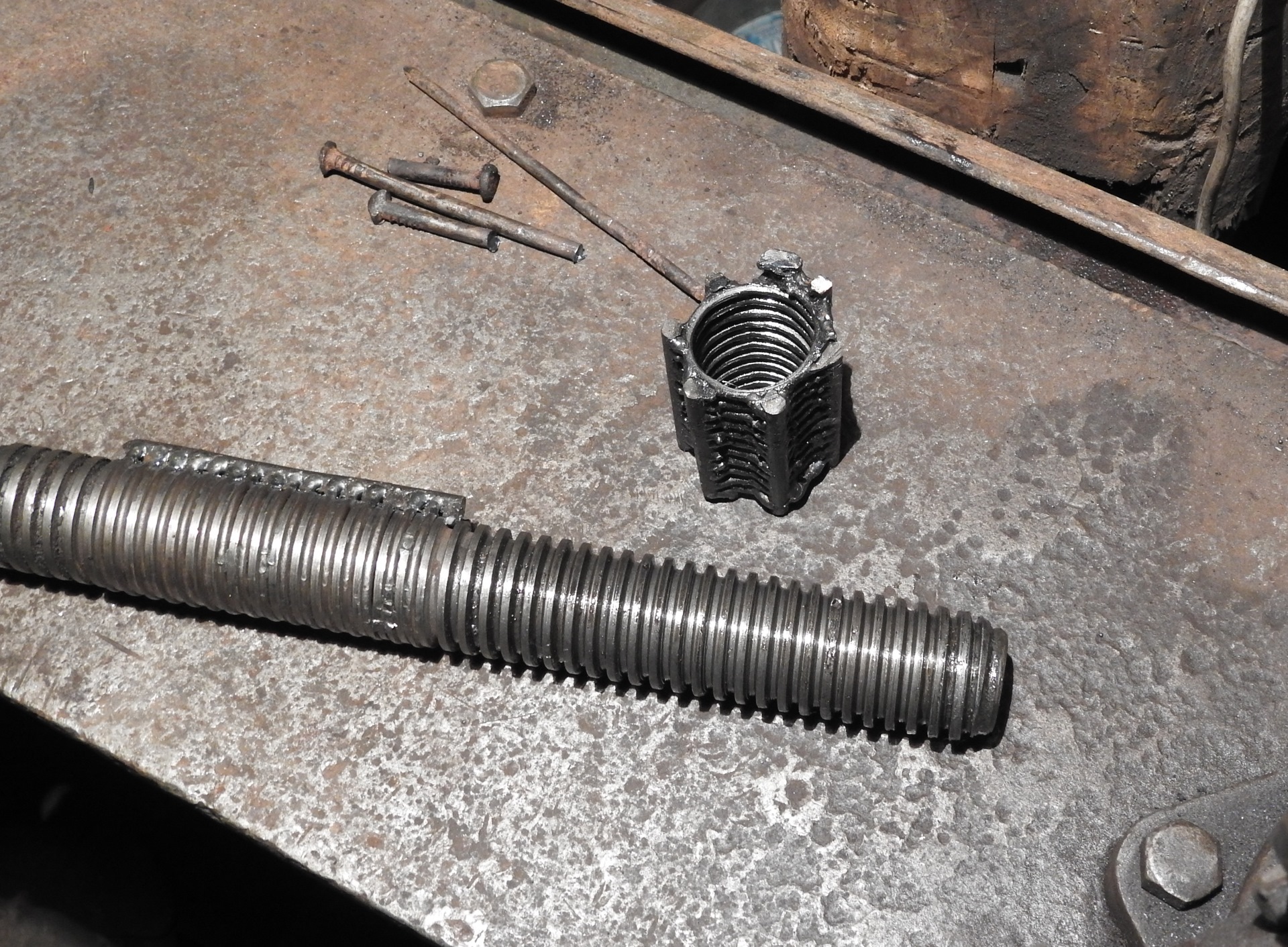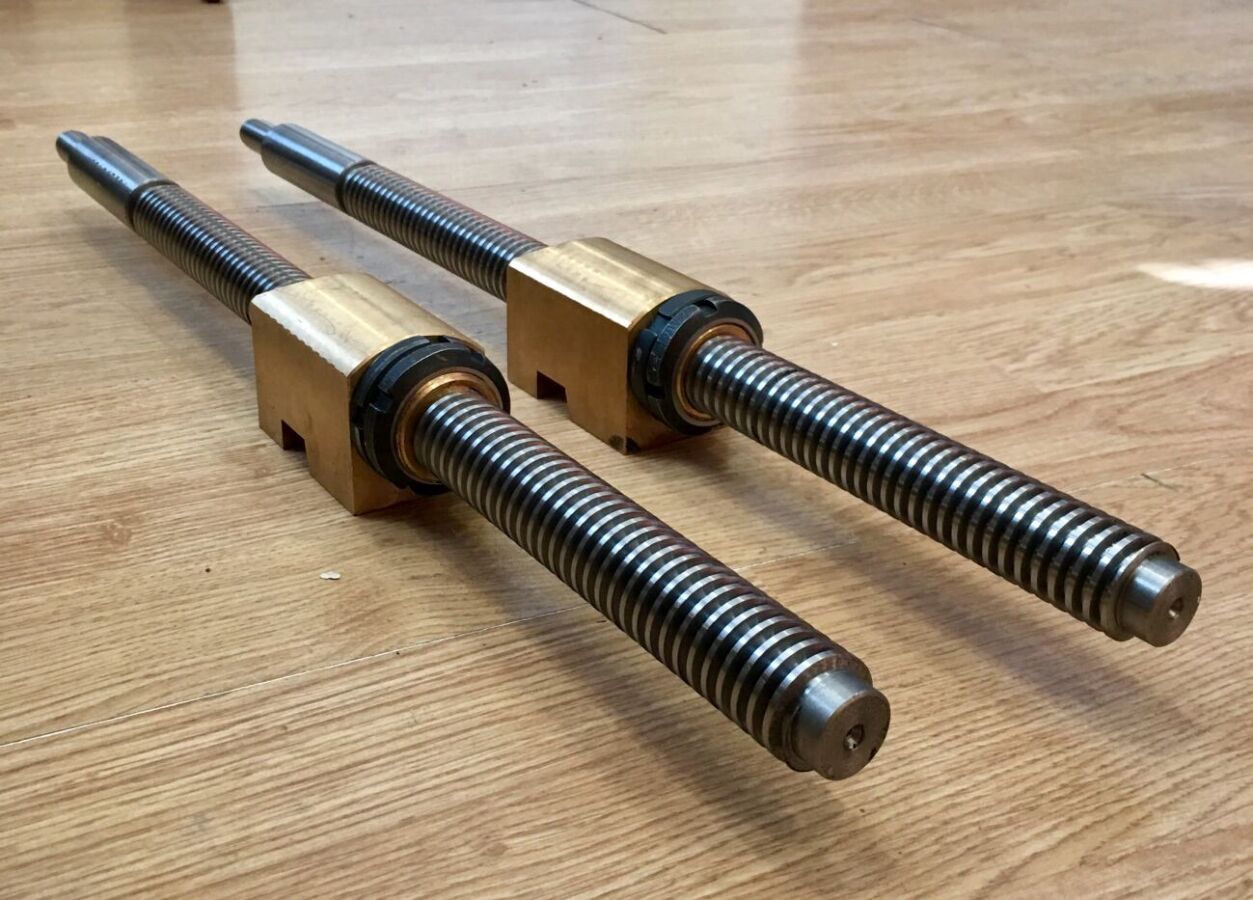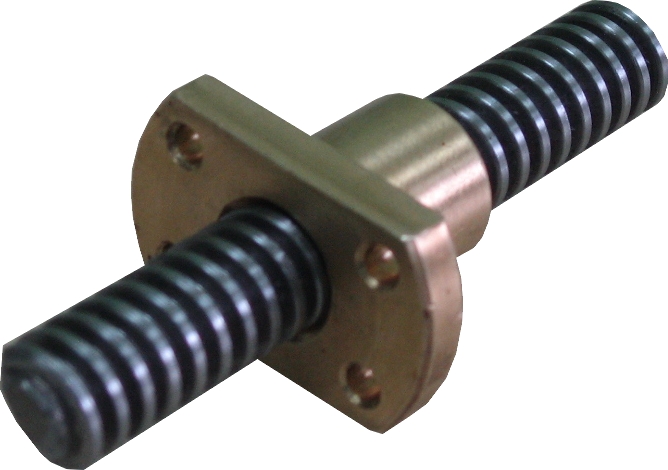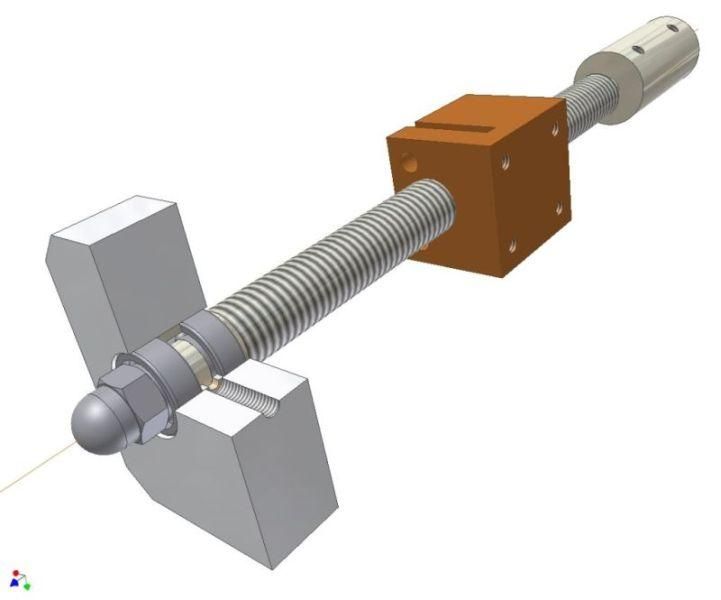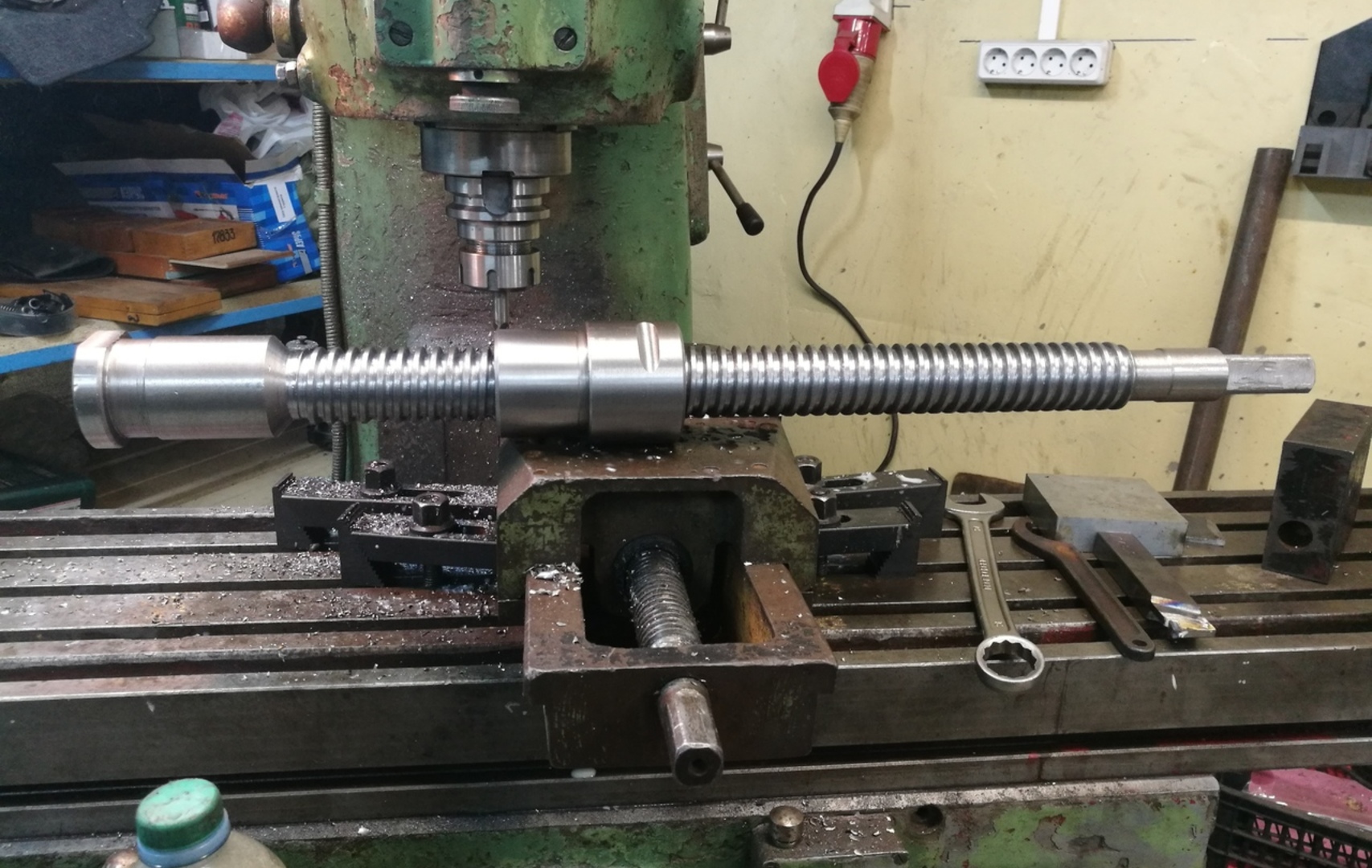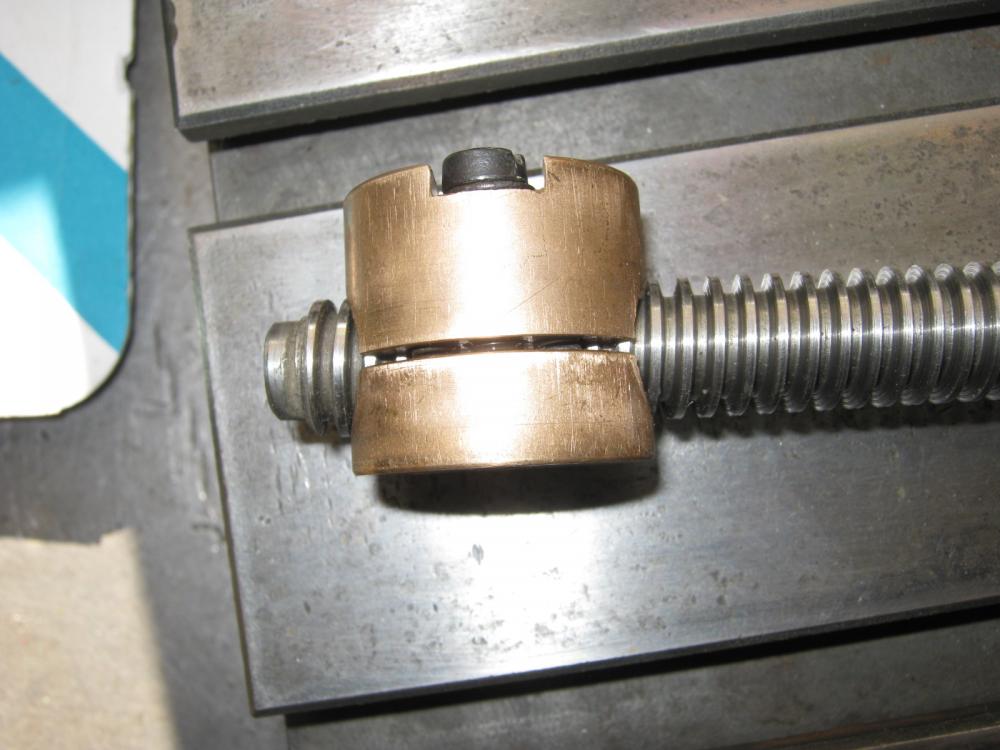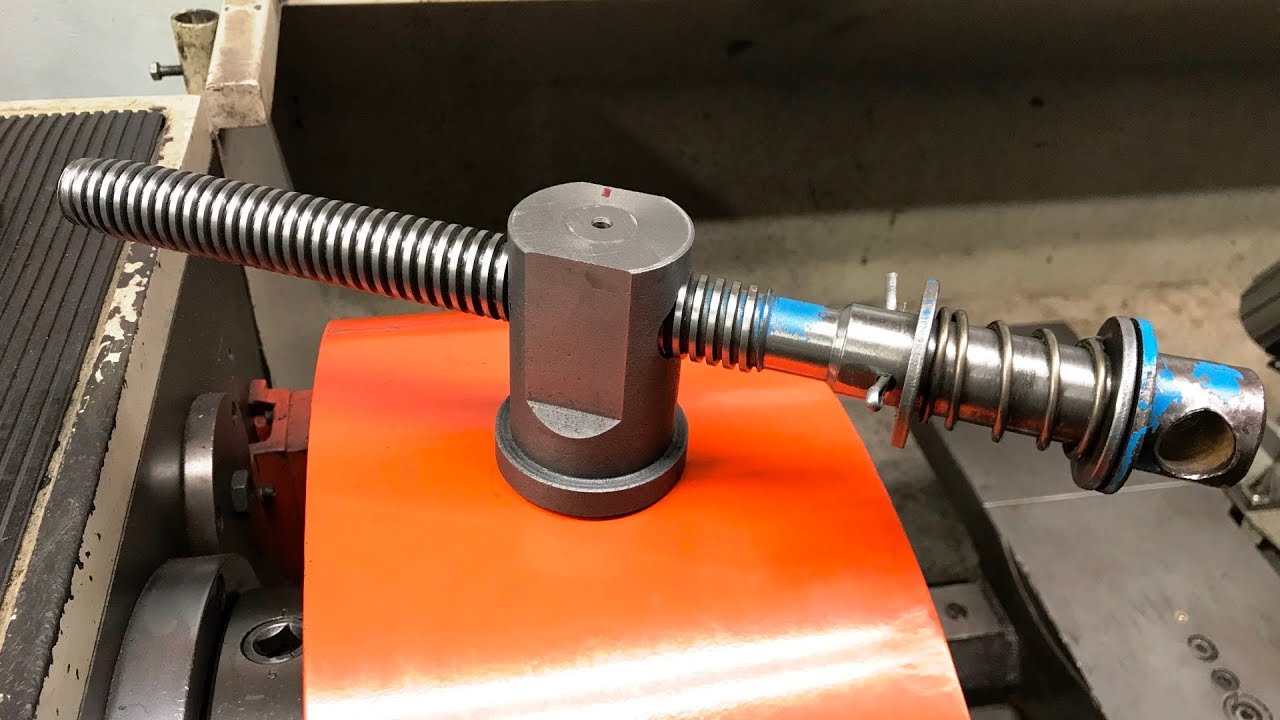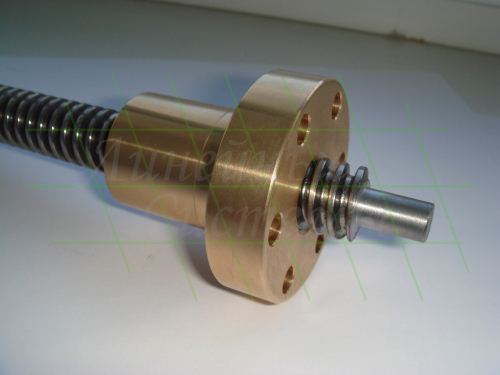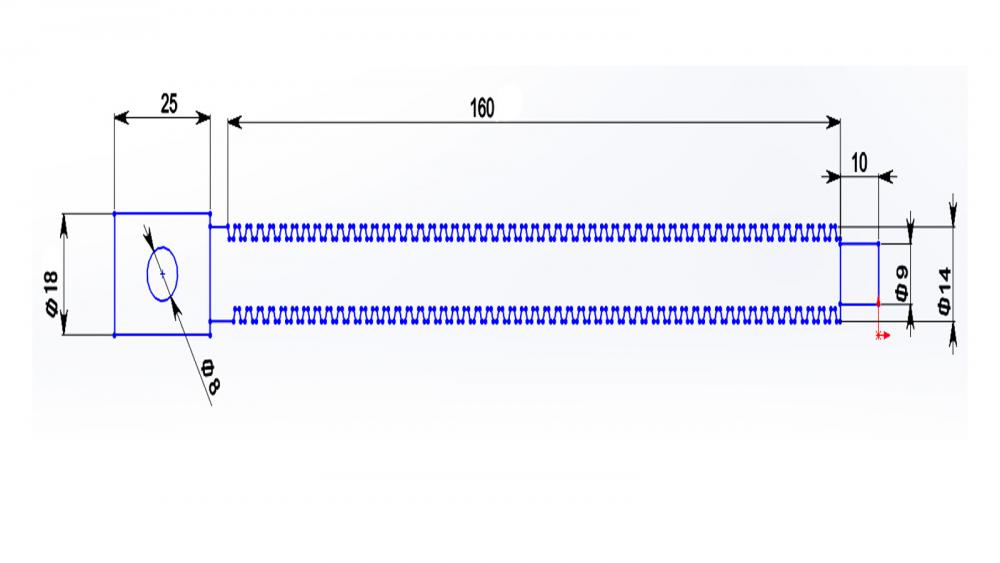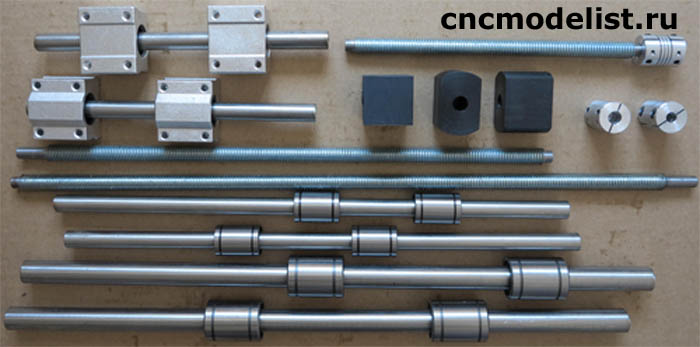Views
The vise itself is subdivided according to the following factors:
- by the type of drive mechanism;
- by the method of clamping the workpiece;
- according to the form of execution.
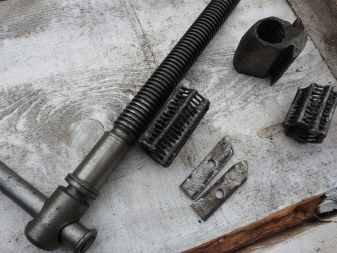
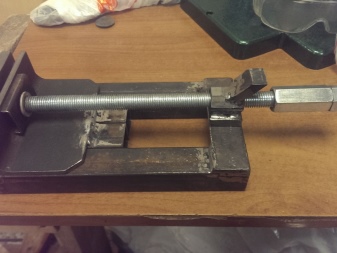
They are cross, globe, ball. However, whatever they are produced, in each model there is a screw pair, which is a travel nut that is screwed onto the central bolt (or stud) when it rotates, as a result of which the process of longitudinal movement of the movable part of the vise takes place. The central threaded rod thus unites the main parts of the device.

Men who had to deal with work in the vise probably paid attention to the profile. The trapezoidal thread used has many advantages over metric and imperial
Such a hairpin is resistant to increased loads, abrasion during operation. However, no less stringent requirements are imposed on the material for the manufacture of the lead screw.
The screw pair is manufactured according to the average accuracy class. In production, low-carbon steel A-40G or 45 steel is used. These alloys are easy to machine, resulting in low roughness, high profile and pitch accuracy.
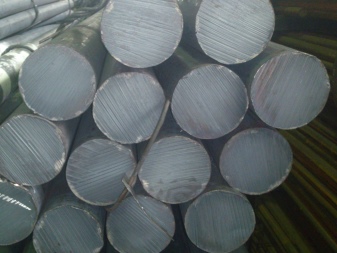
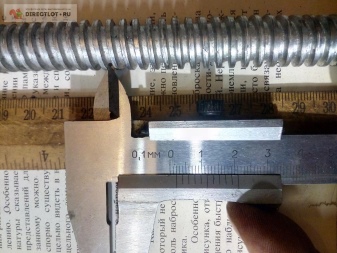
Vise lead screws are:
- with quick-release mechanism;
- with two guides to wooden workbenches;
- with emphasis;
- special - for the manufacture of L-shaped vice.


In a system where a nut, a screw and a stand are present, it is the screw that is considered the main link. It rotates in a bearing and has a smooth journal. Such a screw does not move, but forms a rotational pair.
In the rotary pair, the transformation of rotational motion into translational motion is realized. When the screw is turned, the slider, which is part of the mechanism, moves according to the thread pitch. In addition, there are other design solutions, such as a vise with a moving screw.
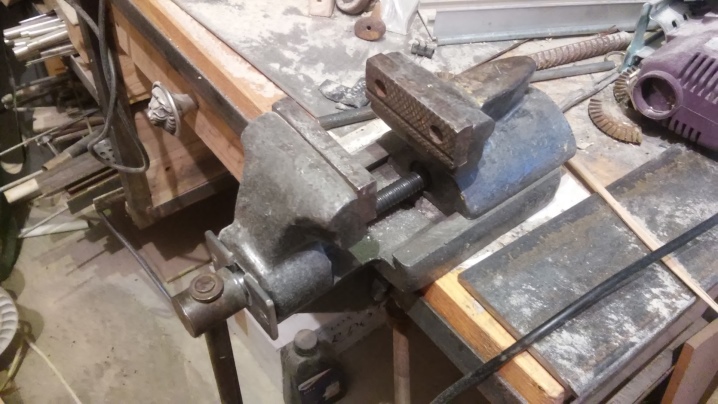
Peculiarities
It is virtually impossible to make a reliable, durable vise screw at home without sophisticated equipment. Even if you have a workpiece on your hands, you will need a lathe, tools, cutters for processing parts and cutting threads of the required parameters. Therefore, if in a vice for carpentry, locksmith, bench work for any reason the lead screw breaks, you will have to look for a replacement for it or order a new one from the turner.
The device of a vice for performing work on wood, metal is reduced, in fact, to two key elements - the bed, on which the stationary jaw is installed, and the movable part, where the second clamping jaw is located. The translational-rectilinear movement of the second component with a given accuracy is ensured precisely due to the lead screw, which has a handle for convenience and to facilitate the applied force when fixing the workpiece in the jaws. Due to this design feature, parts of different sizes can be clamped between the tool jaws.
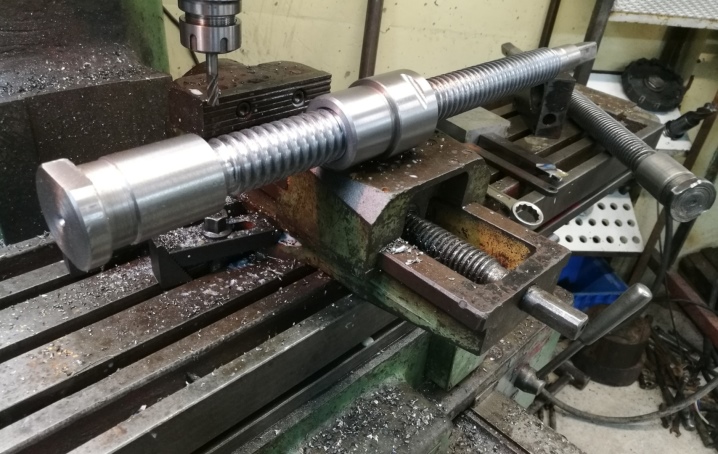
Mounting methods
In some cases, simple bearings of model 61701 or their exact counterparts are used to strengthen the structure. The tightening should be done carefully, with the selection of gaskets to avoid jamming. Automotive probes are used for the manufacture of gaskets. The trapezoidal screw is secured in the bearing bracket with suitable sized nuts. A more accurate and efficient solution is the machining of the ends.
It is very difficult to do such a manipulation with ball screws - they have hardened surfaces. The usual metal of an ordinary screw, especially due to the trapezoidal shape, is processed without problems.In serious cases, telescopic protection of the undercarriage fasteners is used. It is usually supplied for each individual lathe model separately. In gearboxes, special cuffs help protect the lead screws.


For the manufacture of such cuffs, carefully selected materials with increased wear resistance are used. If the calculation and precise processing of the lead screw for the required dimensions is difficult, you will have to use special ready-made kits. When self-manufacturing fasteners, you will also have to make a corresponding nut. In the case of a lathe, a double nut is needed, because a single nut can be severely affected by the gap that appears during the manufacturing process or during operation.
The hole when installing the lead screw on the machine must be made with a tolerance for subsequent pressing. Shaft can be slid fit
Yes, in artisanal conditions it is quite difficult to reach such a level (for example, h6 / L0), but it is very important
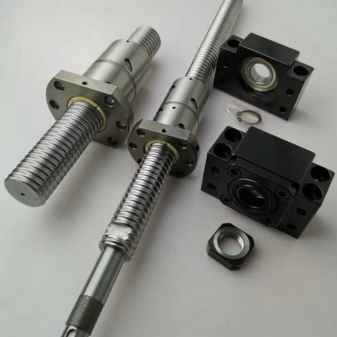

Otherwise, due to a mismatch in quality, there will be an unreasonably strong backlash, and one cannot rely on the accuracy of the machine's operation. The actual pressing-in procedure at home is quite possible if you use a slightly modified bearing puller.
The hole should be smooth. Surface parameters - not worse than Ra 0.64. Therefore, it is guaranteed that you cannot do without the help of professionals. In some cases, thread sealant is additionally used to prevent loosening.

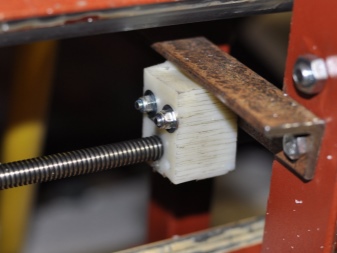
In the next video, you are waiting for the vortex cutting of the lead screw of the 16K20 lathe.
Types and characteristics
The description of the parameters of the lead screws is appropriate to start with the fact that they are always used as an integral part of a more complex mechanical chain. The accuracy of movement of individual parts of mechanisms depends on their quality and compliance with the necessary parameters. The most important grading criterion is the thread section. In most cases, trapezoidal cuts are used. This approach makes it possible to achieve much higher mechanical strength than in other cases.
If a split nut is additionally used, then it will be possible to carefully adjust the axial clearances. Preparing and grinding trapezoidal threads is fairly straightforward. However, in a number of situations, a rectangular thread will be more attractive. It minimizes the radial runout of the screw, so the deviation from the optimal path is also reduced.
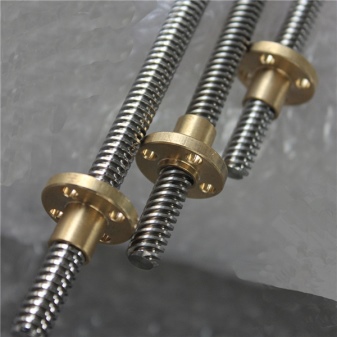
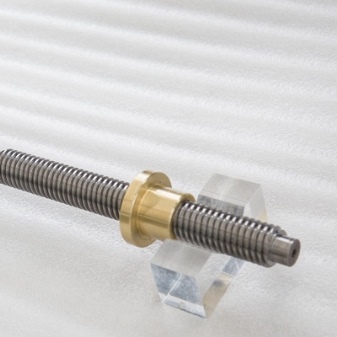
Trapezoidal grooving is typical for sliding gears. In this case, small profile angles are very useful. Most often, a medium cutting step is used, and small and large ones are used for special tasks. A fine step is recommended for relatively accurate and slow mechanisms. Large - in cases where there is a significant load.
The modern machine tool industry is increasingly using "rolling screw pairs". Especially many of these parts are used in software-controlled equipment. In this case, the lead screw is combined with a nut. So that they are clearly mated, special balls are used. The screw pair cannot brake itself; it is used when converting a rotary motion to a translational one and when changing back.

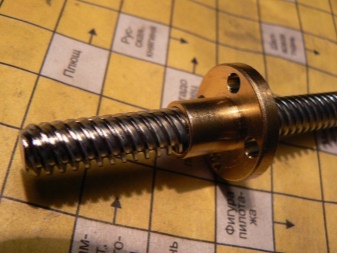
In fasteners of the classic type, a single-start thread is usually used. It all consists of a single spiral, the intervals between the turns are strictly the same. For the turn of the nut, a shift occurs at a strictly defined distance. Multi-start threads are formed by two or more spirals. The principle of keeping the same distance is still observed, however, there is a larger gap between the turns in each spiral than between the turns from different spirals.
The technical characteristics of the equipment in which it is installed depend on the material and dimensions of the hardware. For example, for jacks, this indicator will be the total load capacity.For the manufacture of lead screws, nitrided steels of grades can be used:
- 40XFA;
- 30X3VA;
- 18HGT;
- 7HG2VM.
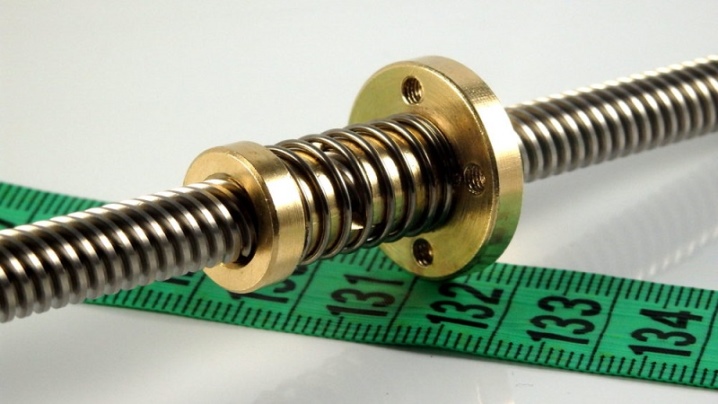
There are such dimensions as:
- 10x1.5;
- 10x2;
- 10x3;
- 10x4;
- 10x7;
- 10x8;
- 10x12;
- 10x14 mm (and some other options).
Continuing the conversation about the dimensions of the lead screws expressed in mm, it is worth pointing out the model TR30x6 (as its name implies, the cross-section is 30, and the cutting step is 6 mm). The total length of the product is 3000 mm.
You can also find designs with a diameter:
- 160 mm;
- 20 mm;
- 8 mm (and some other values).


Screw processing
The main parts on which the screw is based in the machine are the bearing journals and collars. The screw thread is considered to be an actuating surface. The greatest accuracy in a table vise and any other machine tools with such a screw must be ensured between the working surface of the part, as well as the main reference surface. The technological basis for the production of a lead screw is its center hole. For this reason, in order to avoid deformation, the processing of all these surfaces is carried out using a movable steady rest. The use of this part determines the specifics of machining the lead screw.
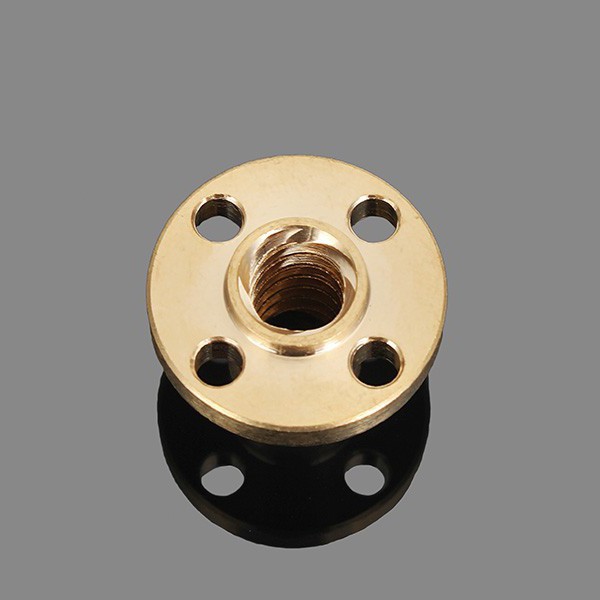
It is also important to note here that a screw with a different class of accuracy is machined to different sizes. Parts that will belong to the 0.1 and 2 class of accuracy are processed up to the 5th quality
The screws belonging to the 3rd class of accuracy are processed up to the 6th quality. Screws belonging to the 4th category are also processed up to the 6th quality, but at the same time they have a tolerance field for the outer diameter.
Screw nut description
The lead screw nut is designed to provide accurate positioning movements. In some rare cases, they can be made from a material such as antifriction cast iron. This element must ensure constant engagement with the turns of the screw, and also act as a compensating part. You will have to compensate for the gap that will inevitably arise when the screw is worn. For example, nuts for lead screws used in lathes are made in double. This is necessary in order to remove the gap that can arise either as a result of the manufacture and assembly of the machine, or as a result of wear of its parts.
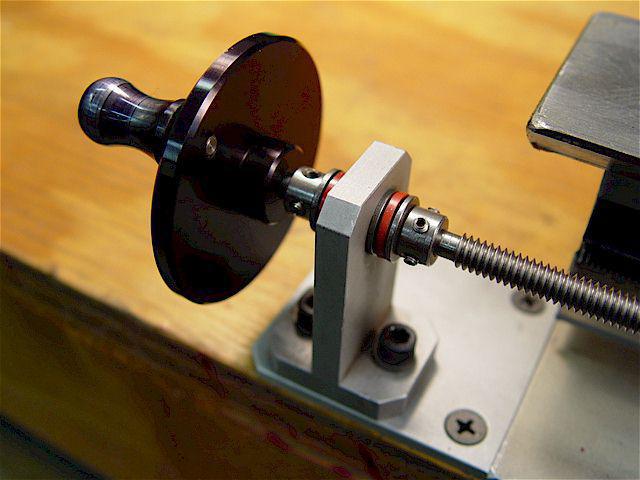
The peculiarity of a screw with a double nut is that it has a fixed and movable part. The movable part, which is on the right, can move along the axis of the stationary part. It is this movement that will compensate for the gap. Nut production is carried out only for screws of zero, 1st and 2nd accuracy classes. Tin bronze is used for their manufacture.
How to do it?
If it is not possible to purchase a finished product, then a locksmith, carpenter or home craftsman will have to order a lead screw from machine operators. In another case, when there is access to a lathe, you can make the part yourself. In this example, in addition to the machine, you will need the following materials and tools:
- blank (can be taken from steel 45);
- cutters (scoring, threaded);
- threaded templates;
- calipers;
- sandpaper to achieve minimum roughness values.

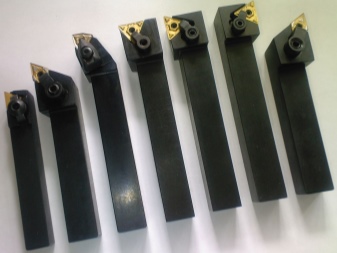
And also it is necessary to find a drawing of the lead screw and carefully read the technical parameters. If the screw is made for a certain vice, find out the diameter and pitch of the thread, so as not to be mistaken.

The part is manufactured in the following order.
- Clamp the workpiece into the lathe chuck.
- Press the workpiece on both sides and grind it under the neck to the required dimensions.
- Center the part.
- Turn over and clamp on the machined side, squeeze in the center;
- Cut to the required length.
- The last step is to cut the threads.


It is not difficult to make a lead screw with the necessary equipment and tools. The basic rule is to be able to use a lathe and sharpen cutters.And, of course, you need to know how to work with a caliper and other turning tools.
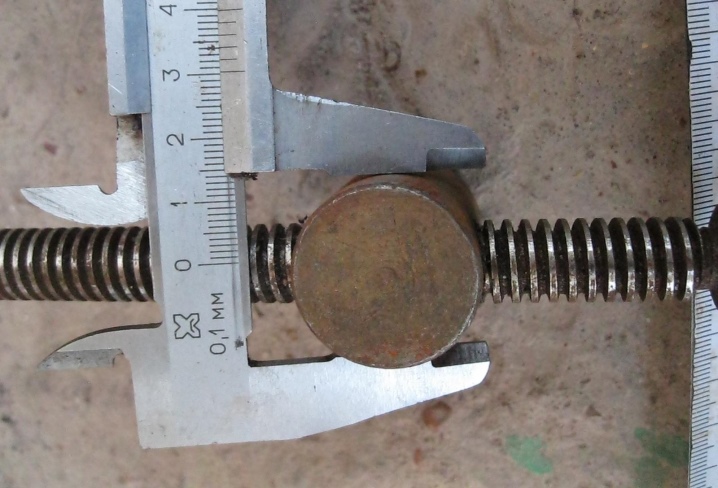
See below for how to make a vise screw.
What is it needed for?
The lead screw is used most often in machine tools where threads are cut. Its rotation turns into a translational movement of the support due to the mother nut. To control the rate of twisting, that is, the intensity of the feed, a special box is used. A special nut is required for the work of the lead screws. Modern designs guarantee the movement of parts with precise precision.
As for the propellers for swamp-going vehicles, in this case they play a completely different role - they are cast rowing structures. Suspended motors are equipped with such products. Large suppliers usually have substantial stocks of such parts in their warehouses.
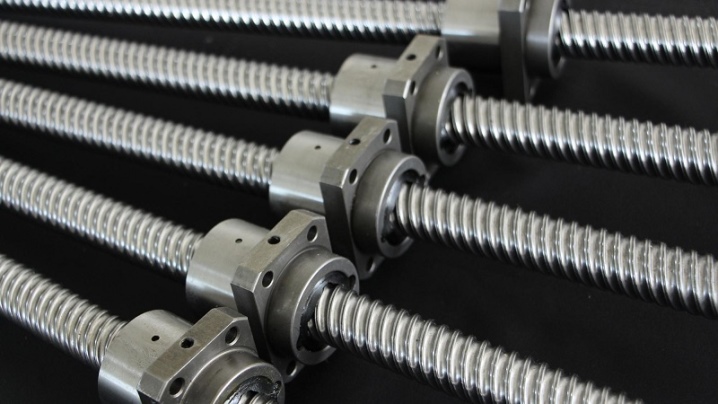
It is impossible to count on getting a lead screw at home. Even if you can buy this or that model of a lathe, you will still need other tools, special cutters that allow you to form threads of the required sizes and types. The main role of the screw is to maintain a linear motion. The size of the parts has its own limitations, which are determined by the design of the vice. But lead screws can also be used for various types of CNC. These details again perform the most important function - the transformation of movement.
The lead screw in modern machines can differ in different designs. In homemade samples, a threaded rod is sometimes used. A more perfect option is the "screw-nut". Sometimes they also take a trapezoidal screw, but despite the increased strength, this type of ligament is quite expensive, and therefore is used less and less. The lead screw can also be used as part of a lifting mechanism. Also similar components are common parts:
- thread drive in a screw press;
- presses of other types;
- feeders of various tools.
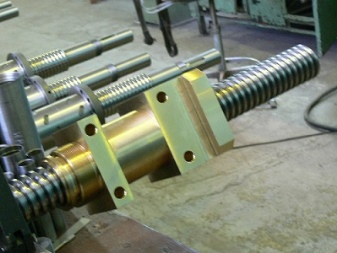

What are nuts made of and their wear?
The most common materials for the production of this type of parts are aluminum-ferrous bronzes, according to the MT 31-2 machine tool standards. In addition to this material, antifriction cast iron can also be used as a substitute for irrelevant screw drives.
It is important to add here that the nut wears out much faster than the lead screw itself. There are several reasons for this:
- the thread of the nut is poorly protected from any kind of contamination, and it is also quite difficult to clean it of these unnecessary elements;
- it often happens that this element is initially poorly lubricated and this greatly affects the service life;
- when the nut meshes with the screw, it turns out that for the second element all the turns work simultaneously, but for the screw only those that are coupled with the nut.
For these reasons, screws with a nut must be checked more often, since the nut will wear out rather quickly.

